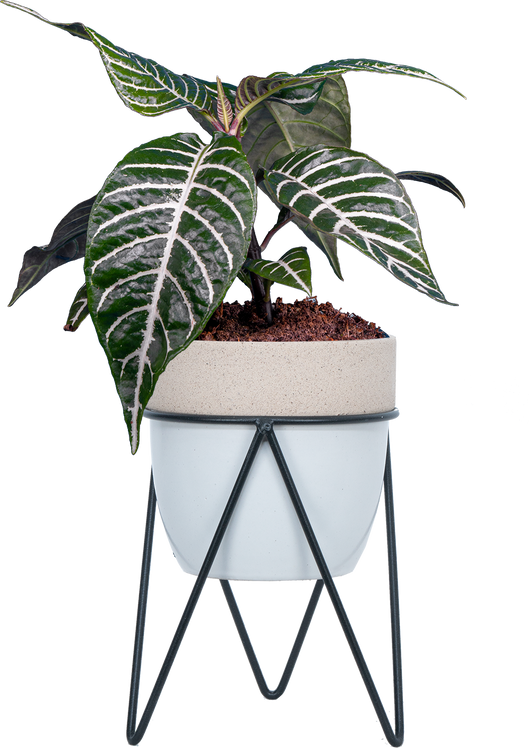Indoor plants
Outdoor plants
Corporate Orders
Office Plants
Corporate Gifts
Care & Tips












